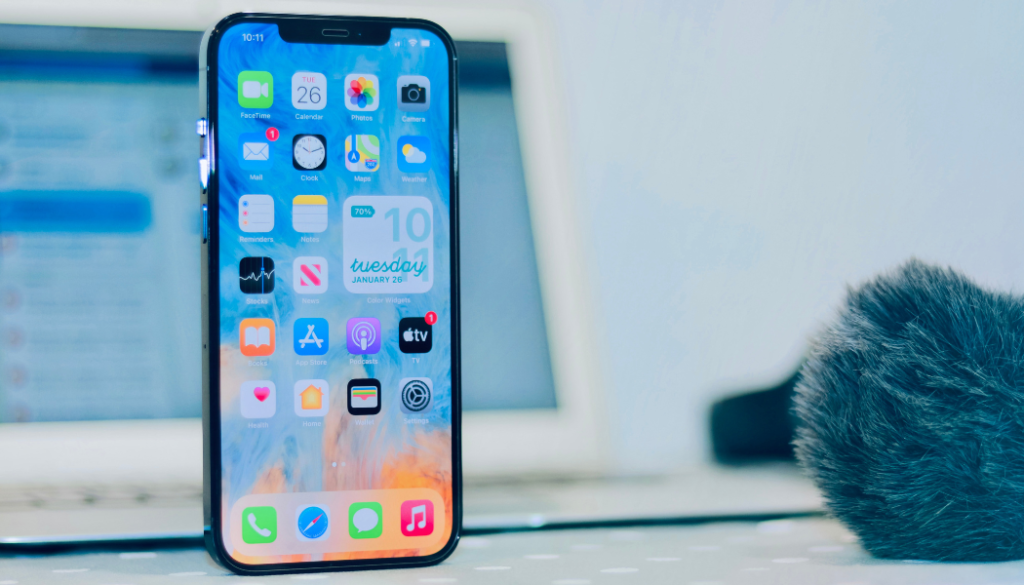Your iPhone location isn’t just a set of coordinates; it’s a digital footprint that can say a lot about you. Whether you’re looking to maintain privacy or unlock regionally restricted content, having control over your digital location is essential. In this guide, we’ll explore various methods to change your iPhone’s location, providing you with the freedom to navigate the digital world on your terms. So, buckle up as we embark on a journey to tweak your iPhone’s GPS settings, switch your Apple Store region, and utilize the power of ForestVPN. Change your iPhone location with ease.

How Your iPhone Deciphers Location
Your iPhone relies on a combination of GPS, cell towers, and Wi-Fi networks to pinpoint your exact location. This goes beyond just placing you on a map; it’s integrated into various apps, enhancing your experience. From location-based reminders to weather forecasts, your iPhone is in sync with your whereabouts. However, this convenience raises privacy concerns. Apps and services can access this data to track you, but fear not, we have solutions.
Top 4 Benefits of Changing Your iPhone Location
Why change your iPhone’s location? Here are the top four perks:
- Enhance Privacy: Keep your actual whereabouts private from prying apps and websites.
- Unlock New Content: Access regionally restricted content, like on YouTube or Spotify.
- Access Restricted Services: Bypass location-based restrictions on certain apps and services.
- Save Money While Shopping: Find better deals by changing your digital whereabouts.
Option 1: Change Your iPhone Location Using ForestVPN
ForestVPN takes the spotlight as one of the most effective ways to change your iPhone’s location. Follow these steps:
- Download ForestVPN: Get the official ForestVPN app from the App Store.
- Create an Account: Sign up and log in with your new credentials.
- Grant Permissions: Allow the app to create VPN configurations on your device.
- Choose a Country: Select the country you want your new location to be in.
- Establish Connection: Tap the connect button to initiate the VPN connection.
- Verify Connection: Ensure ForestVPN is functioning correctly by checking your IP address.
However, keep in mind that some apps may rely on more than just IP addresses to pinpoint your location. ForestVPN enhances anonymity but might not be foolproof for all apps.
Option 2: Switch Your Apple Store Region
Change your Apple Store region to access apps not available in your current country. Follow these steps:
- iPhone: Settings > [Your Name] > Media & Purchases > View Account > Country/Region.
- iPad: Settings > [Your Name] > iTunes & App Store > View Apple ID > Country/Region.
Be aware that changing regions may affect your existing apps and subscriptions, and some content may not be available in the new region.
Option 3: Change Your GPS Location
If you want to access location-specific content or test apps in different regions, use third-party apps like iTools or Dr.Fone. Connect your iPhone to your computer, open the app, activate the Virtual Location feature, enter the desired location, and confirm the changes.
Always use trusted apps to change your GPS location, respecting app policies and local laws.
Option 4: Turn Off Your Location Services
If privacy is your utmost concern, turn off Location Services on your iPhone:
- Tap Settings.
- Select Privacy & Security.
- Tap Location Services.
- Toggle off the Location Services switch.
If you prefer to keep Location Services active for certain apps, customize the settings accordingly.
FAQ: About Changing Your iPhone’s Location
1. Is Changing iPhone Location Legal?
Yes, changing the location on an iPhone, such as using ForestVPN, is legal. However, it may violate Apple’s Terms of Service. Always ensure compliance.
2. Can You Disguise Your Location on an iPhone?
Absolutely! Services like ForestVPN allow you to change your apparent location responsibly for various purposes, from accessing content to maintaining privacy.
3. How Does Changing Apple ID Region Affect Usage?
Changing your Apple ID region impacts App Store access, purchases, subscriptions, and content restrictions. It should be done in compliance with Apple’s Terms of Service.

